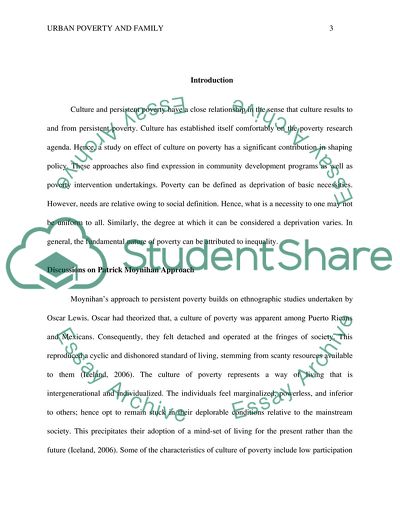Cite this document
(Moynihan, Rector, and Jennings' Views on Persistent Misery Research Paper, n.d.)
Moynihan, Rector, and Jennings' Views on Persistent Misery Research Paper. Retrieved from https://studentshare.org/social-science/1769933-urban-poverty-and-family
Moynihan, Rector, and Jennings' Views on Persistent Misery Research Paper. Retrieved from https://studentshare.org/social-science/1769933-urban-poverty-and-family
(Moynihan, Rector, and Jennings' Views on Persistent Misery Research Paper)
Moynihan, Rector, and Jennings' Views on Persistent Misery Research Paper. https://studentshare.org/social-science/1769933-urban-poverty-and-family.
Moynihan, Rector, and Jennings' Views on Persistent Misery Research Paper. https://studentshare.org/social-science/1769933-urban-poverty-and-family.
“Moynihan, Rector, and Jennings' Views on Persistent Misery Research Paper”, n.d. https://studentshare.org/social-science/1769933-urban-poverty-and-family.


